During our Vietnam trip at New Year’s Eve, we also made a trip to the city of Hoi An, which was warmly recommended to us in advance. And we were not disappointed.
The city with its historic district lies on the branch of the Thu Bon River at the South China Sea, 30 km south of Da Nang and despite its small population, it used to be an important trade port and is exceptionally well-preserved which is why the old town of the city has been noted as a as a UNESCO World Heritage Site.
Originally, the small town of Hoi An was considered the largest port in Southeast Asia due to its location between sea, river and rice fields. And while China and Japan had imposed trade embargos on each other in the 15th century and sealed off their markets from the outside world, they were able to conduct their business in Hoi An – on neutral ground. Besides, the port of Hoi An was part of the Silk Road – the trade route that once connected the Mediterranean with Central Asia and East Asia. The city’s naming is still referring to the “neutral position” of its ancient port, with “Hội An” meaning “quiet community” or “peaceful meeting place”.
Today, the water in the harbour is too shallow and Hoi An is no longer significant, but the canal-like river that flows through the city and its bridges still reminds us of the once important trading position. And even though the old town is busy and bustling (despite its small size), at night, when it turns dark and all restaurants and shops shut off their lights, a thousand beautiful silk lanterns light up the city and convert the charming but hectic old town into a peaceful, romantic place with a unique flair. That’s why the city is also known as “the city of lights”.
Despite the colorful calming lights, the city becomes much more crowded at night and boats try to sell tours, while street stalls open to offer their cone hats, silk lanterns, but also hand crafted pieces.
Dining in Hoi An
Vietnam is known for its great cuisine and Hoi An means no exception. Next to typical food stalls with cute little outdoor seating areas at the water, there were also a few restaurants offering Vietnamese cuisine. We couldn’t miss an obligatory pho soup. We also had banana crepes from a market stall (which were super delicious) and I additionally had a typical Vietnamese Americano.
— If this article helps you travel, please book your trip via the links on this page or through the banner in the sidebar. This will earn me a small commission at no extra cost to you. Thank you for your support!
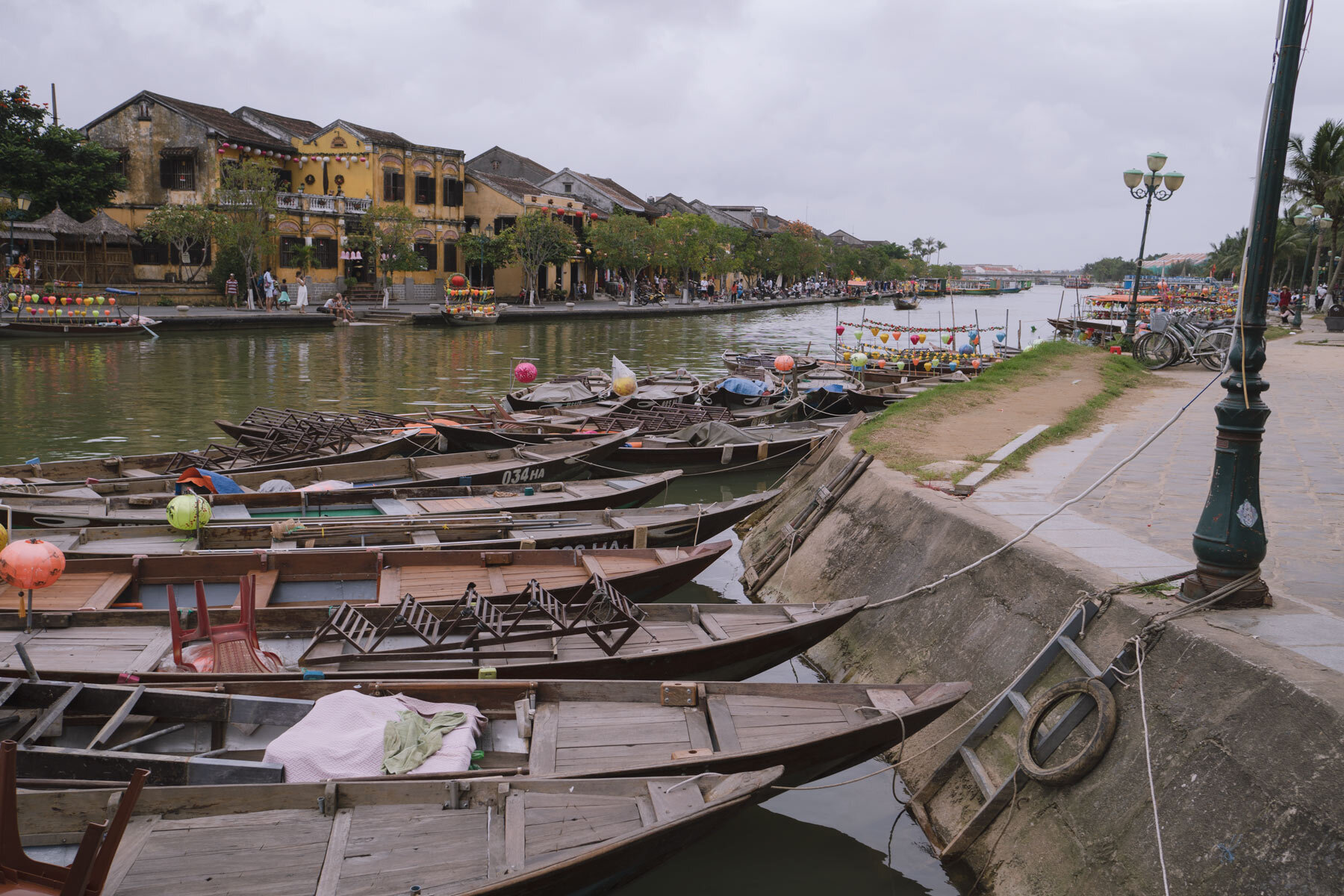

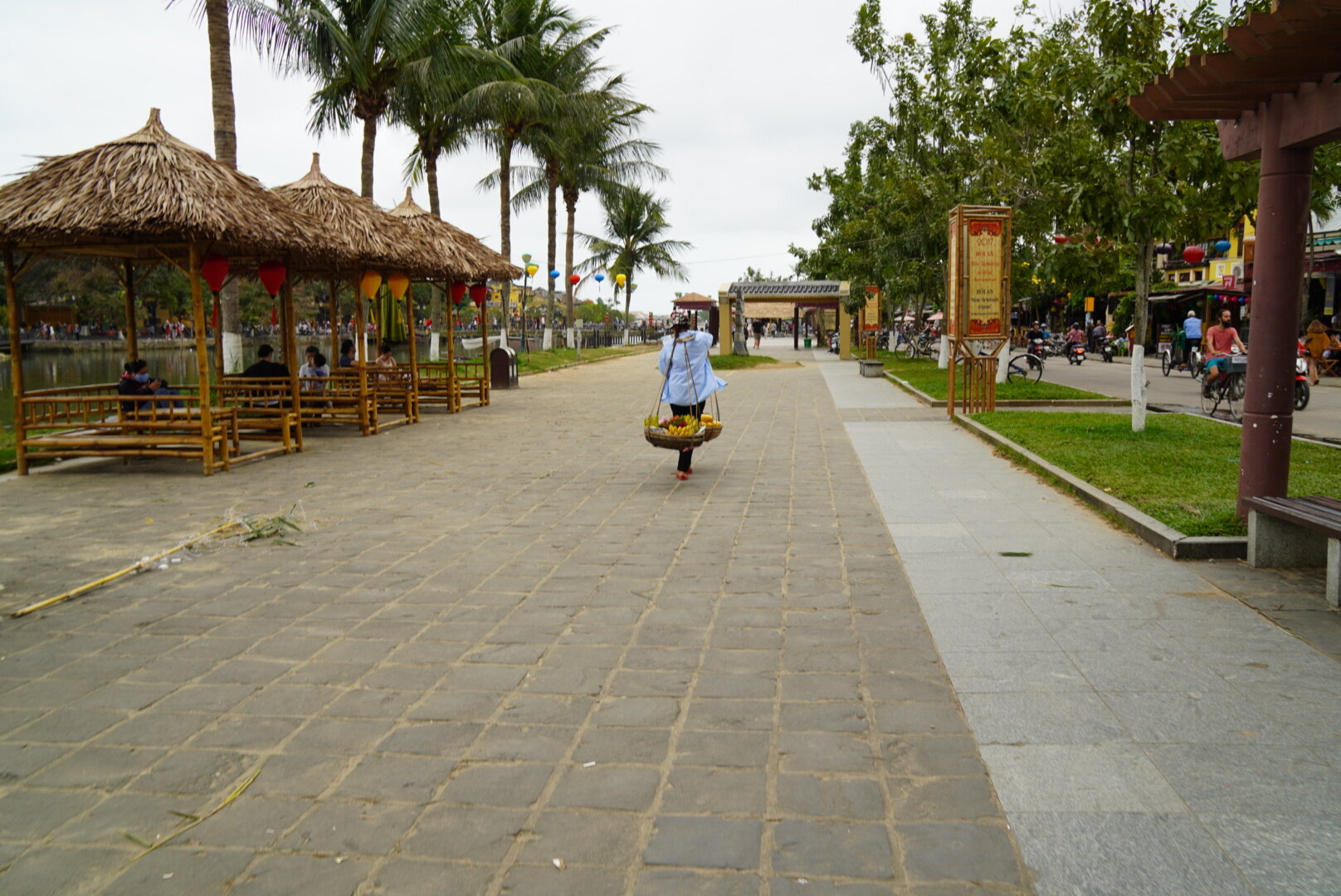
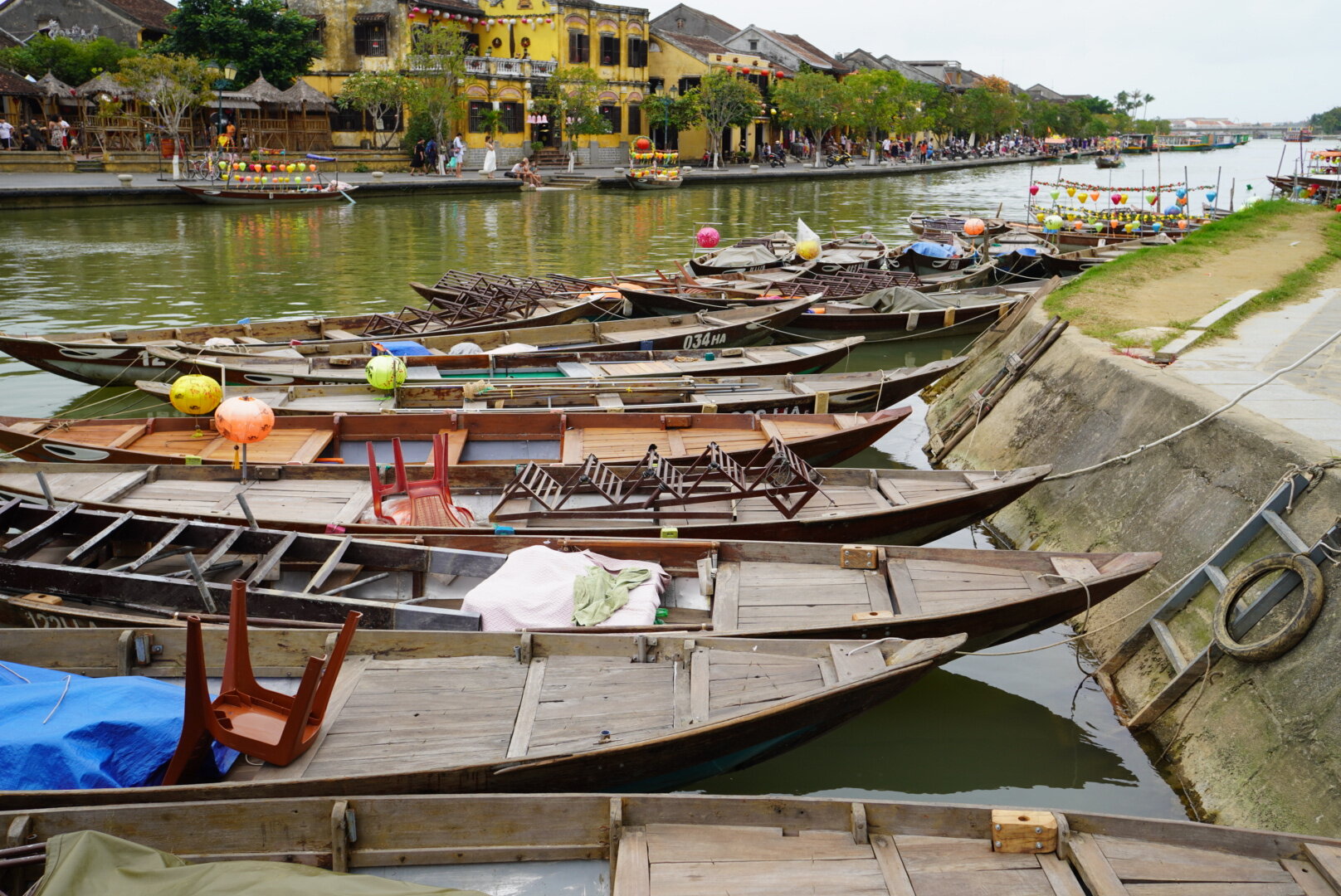
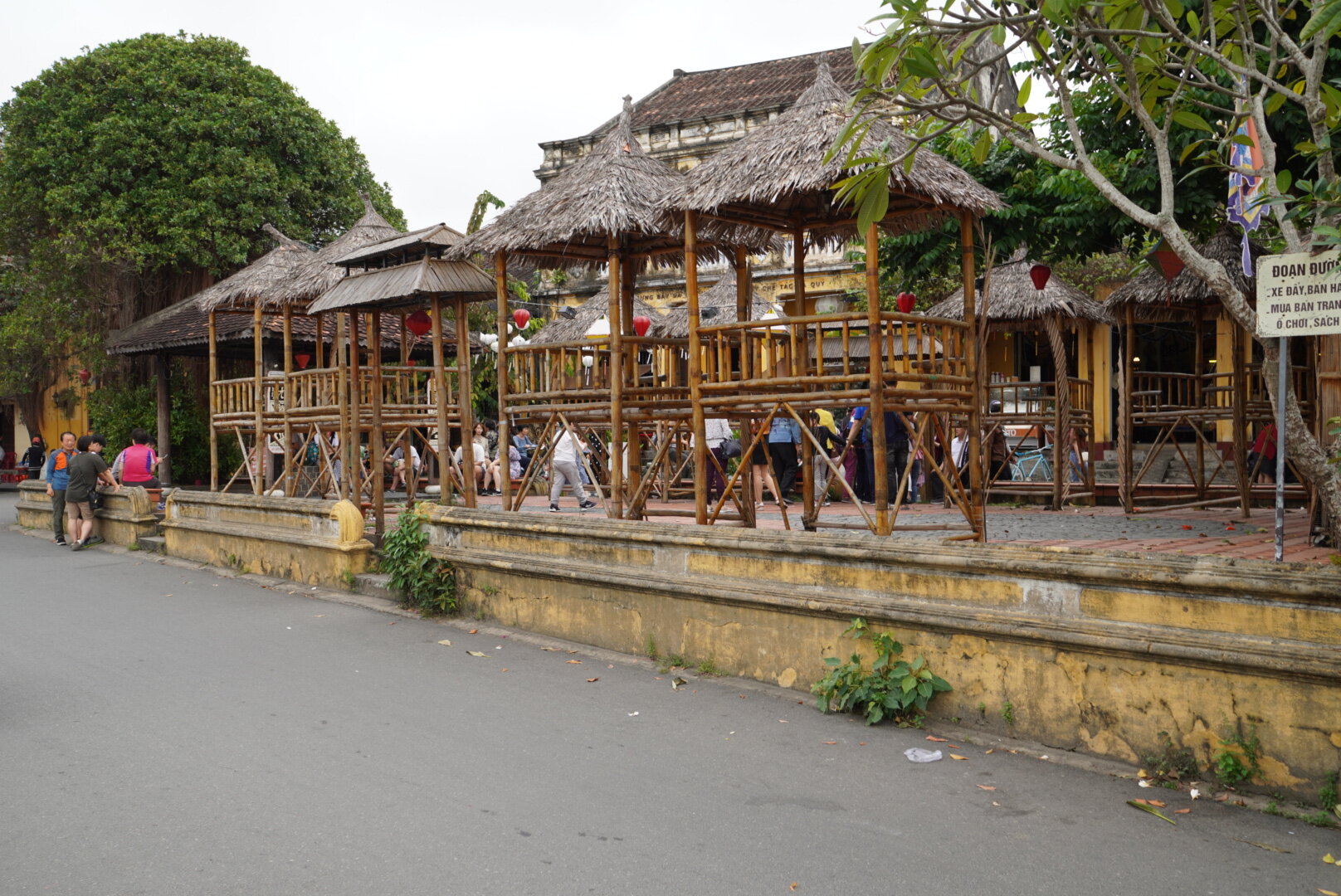
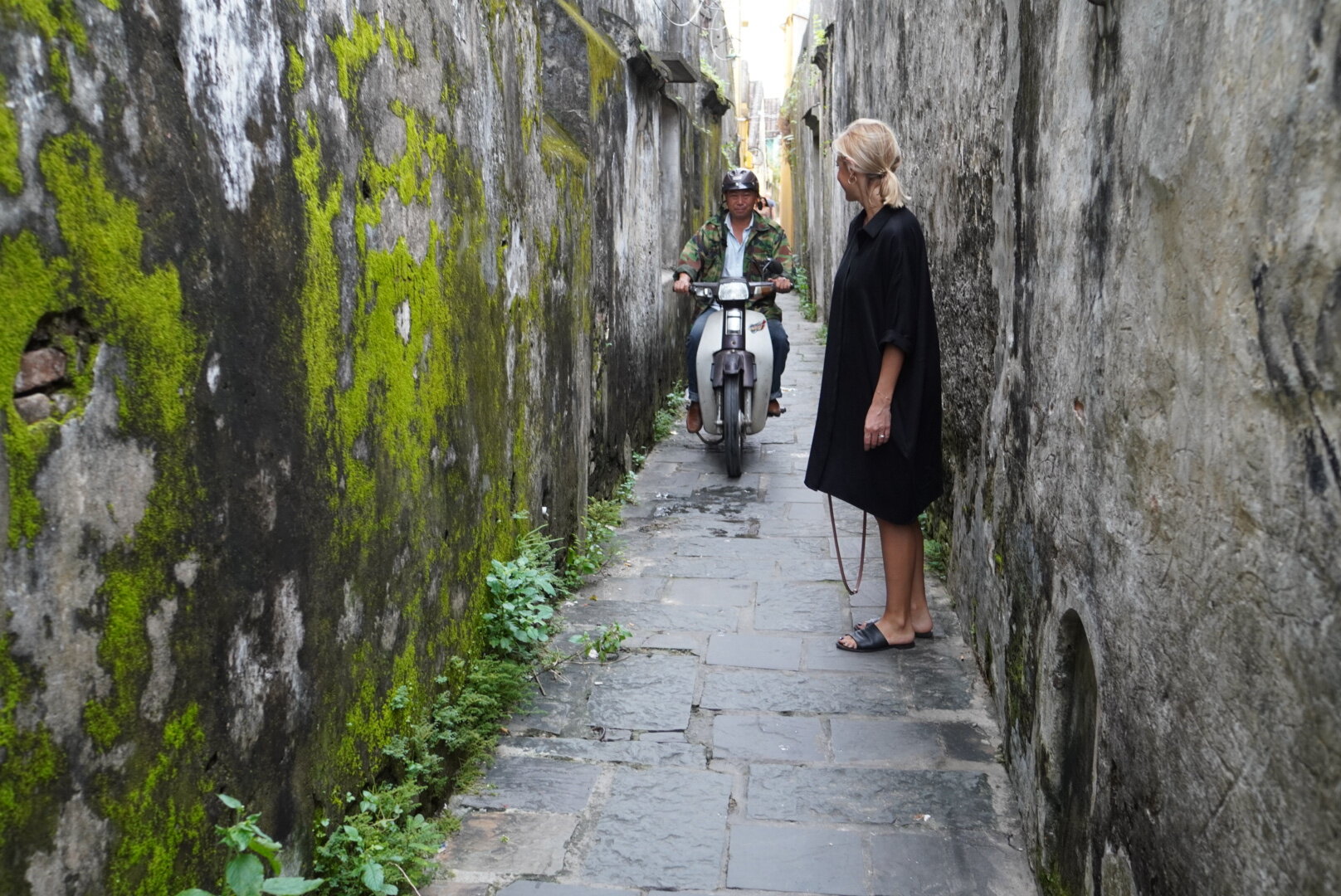
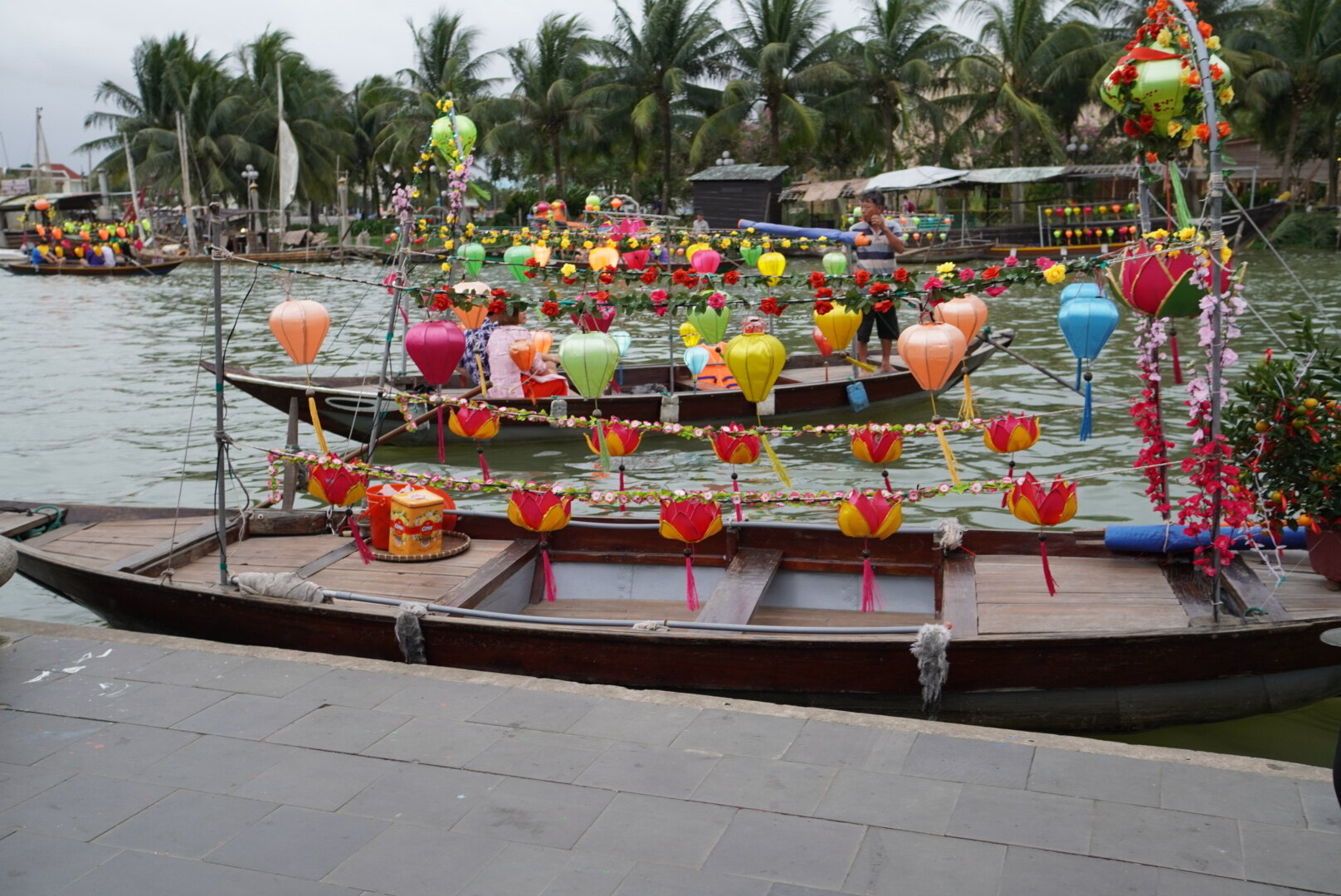



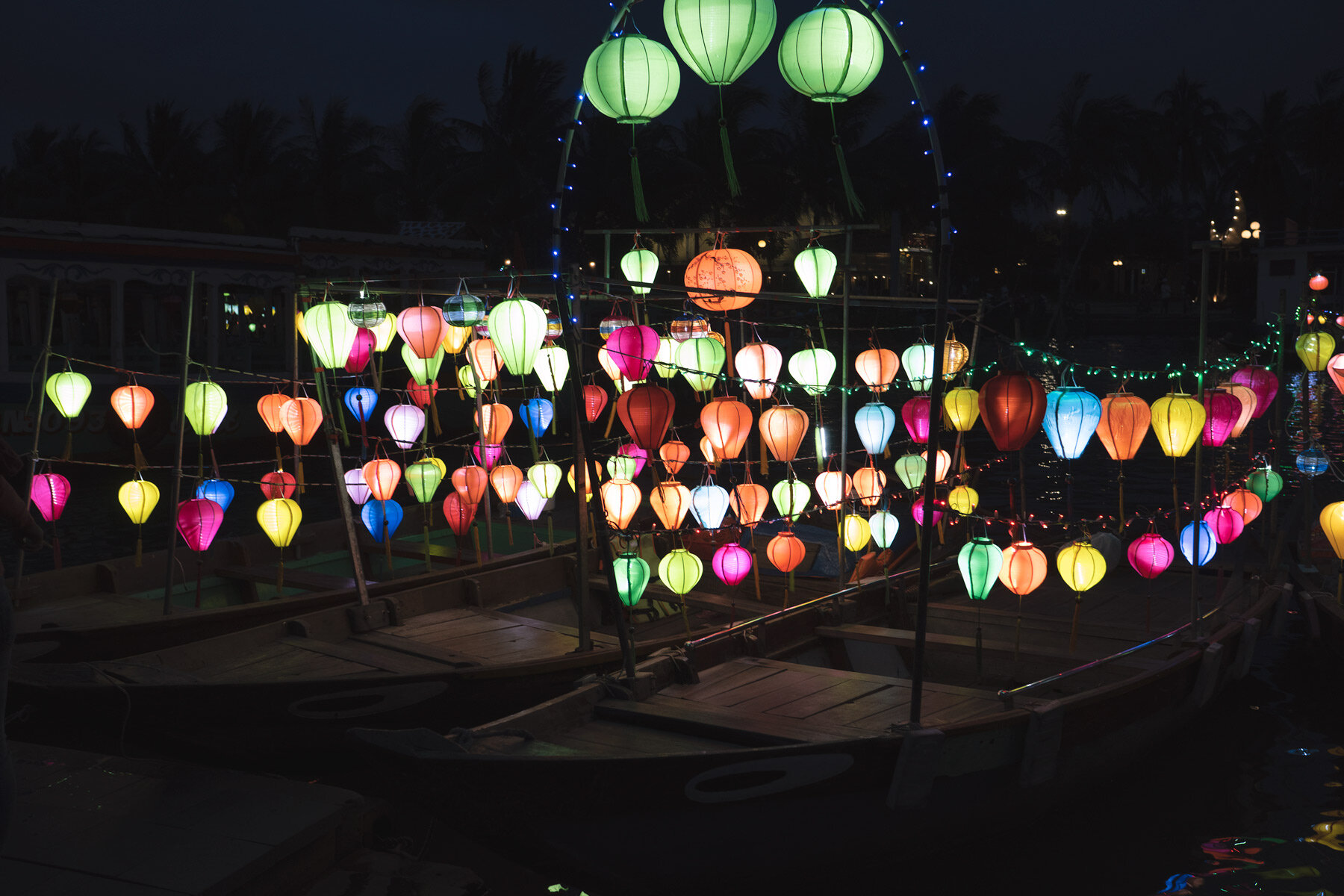

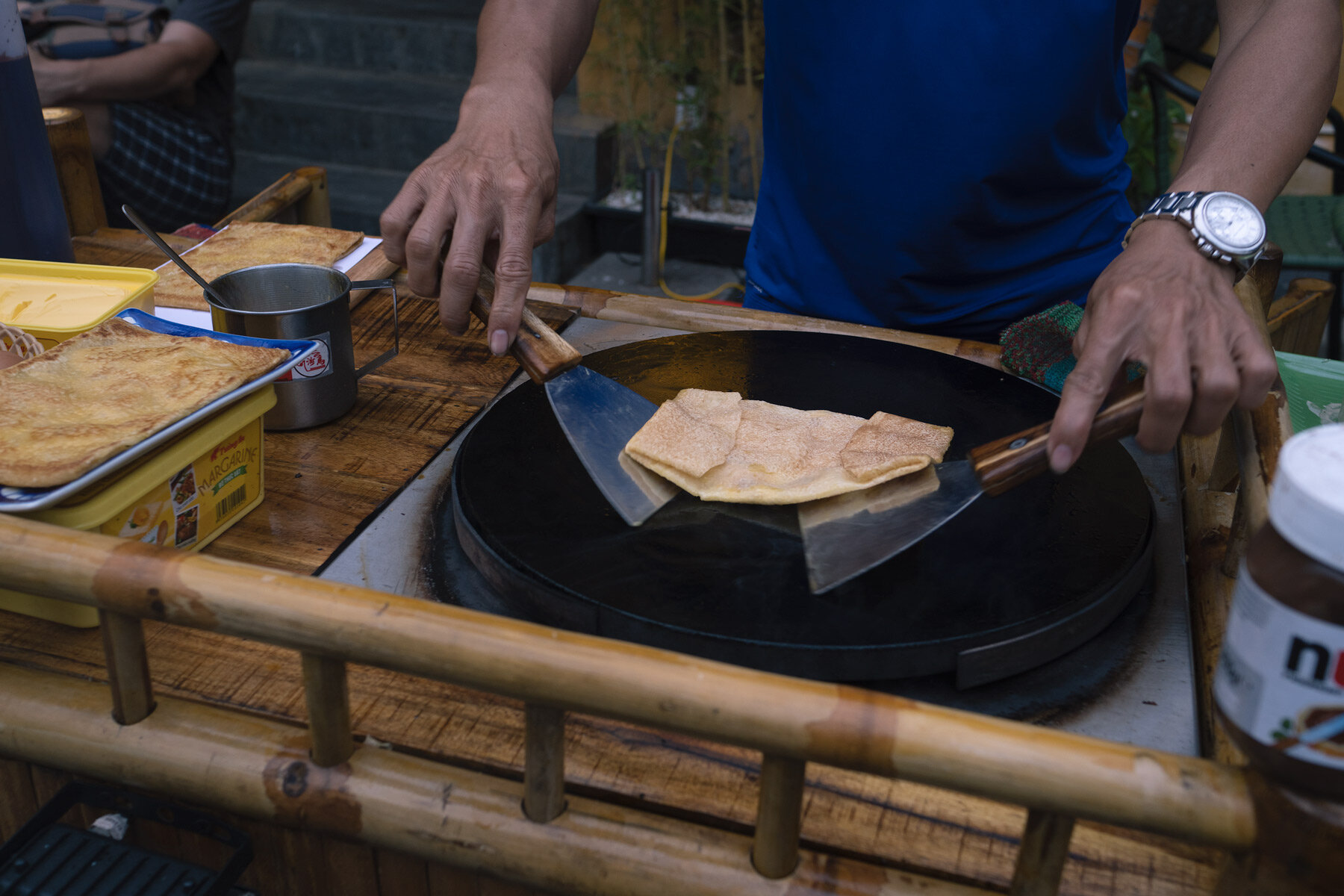

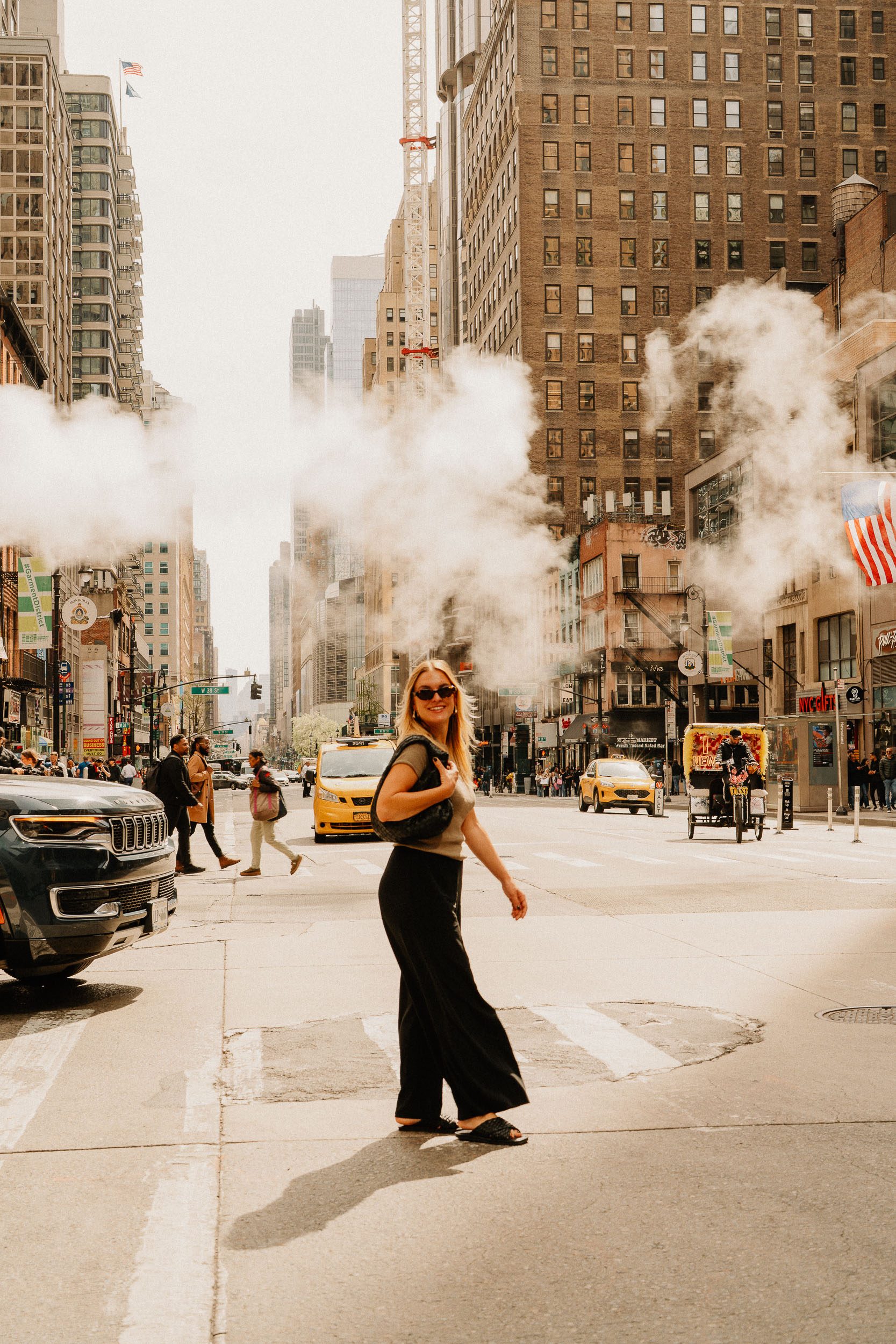
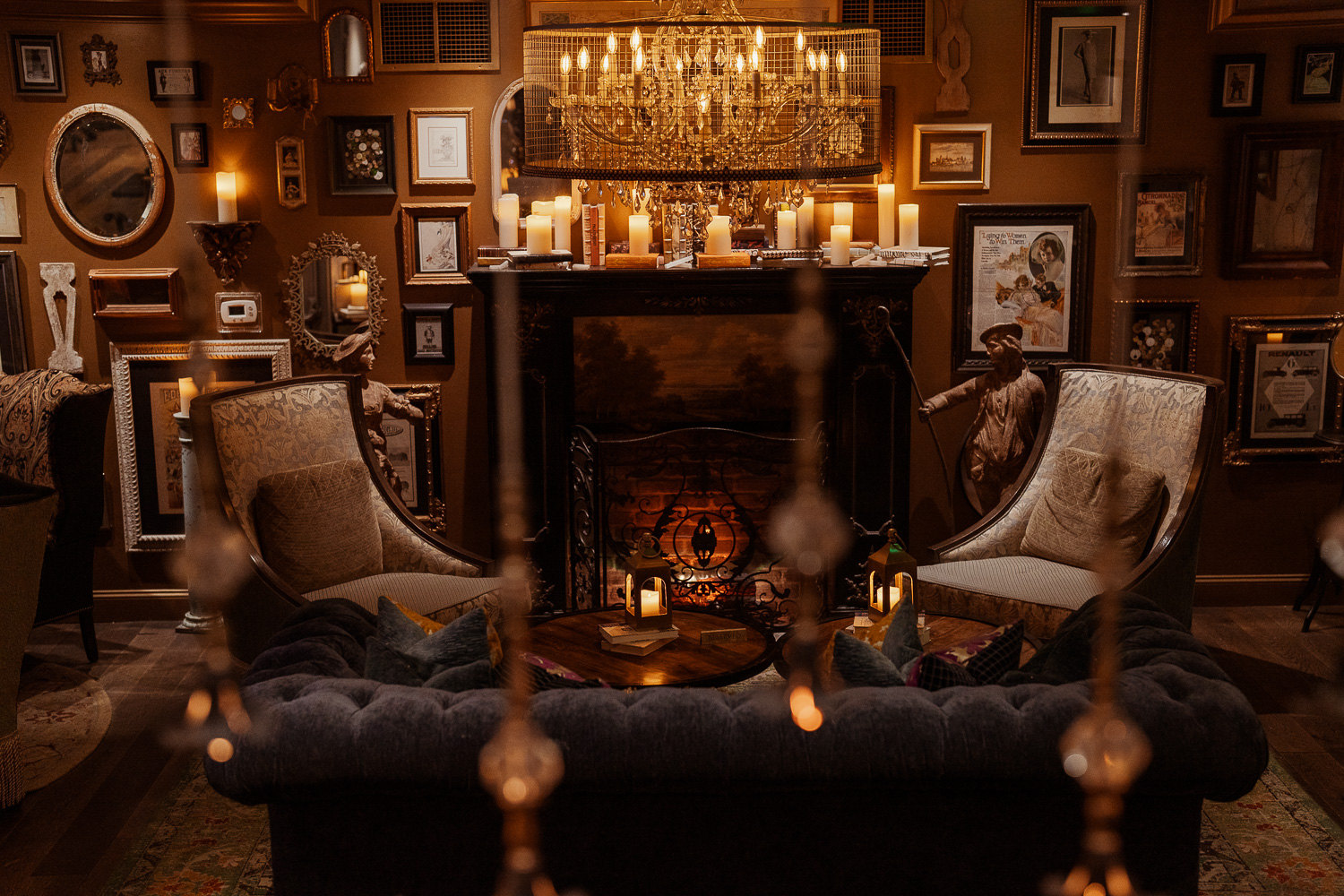
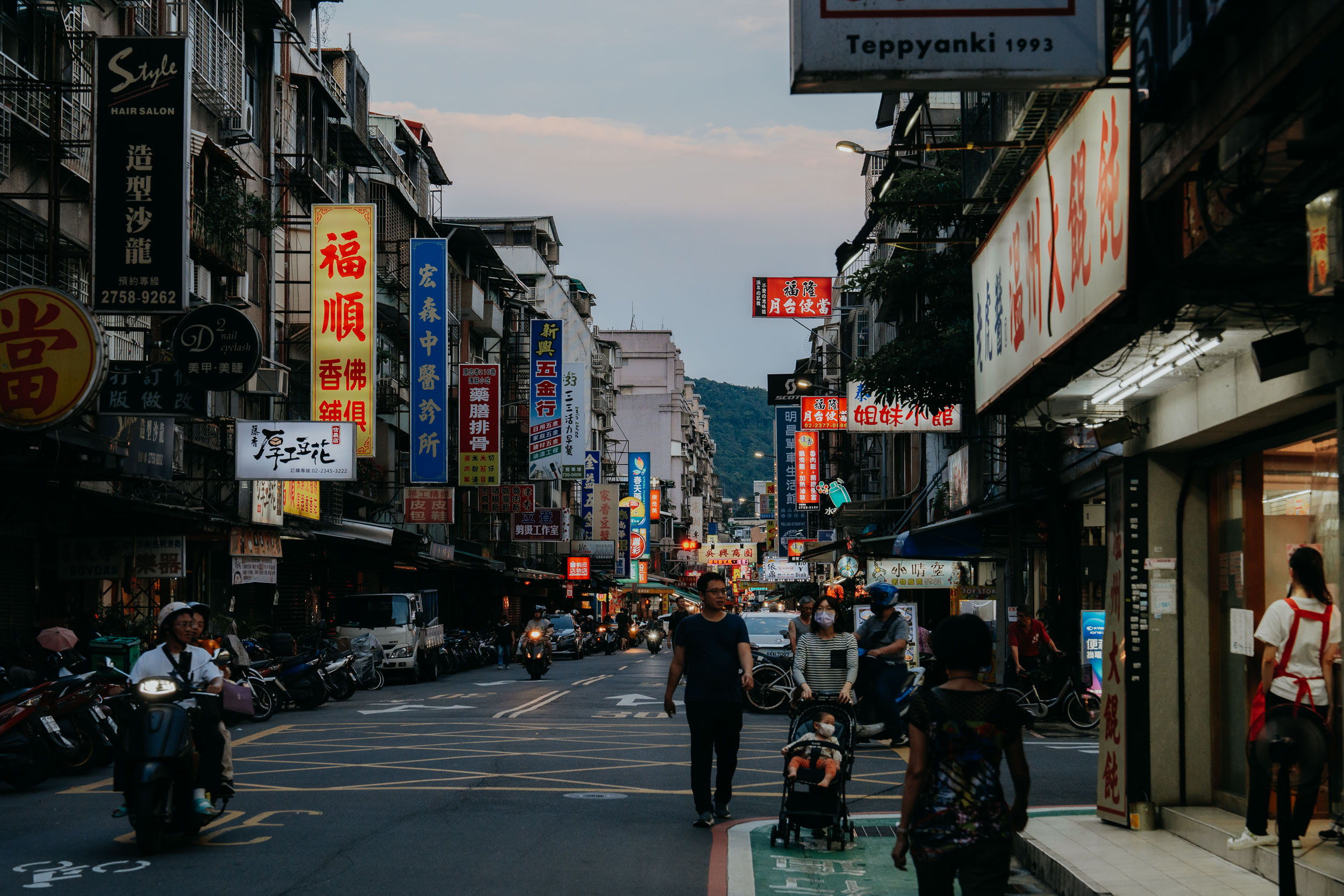
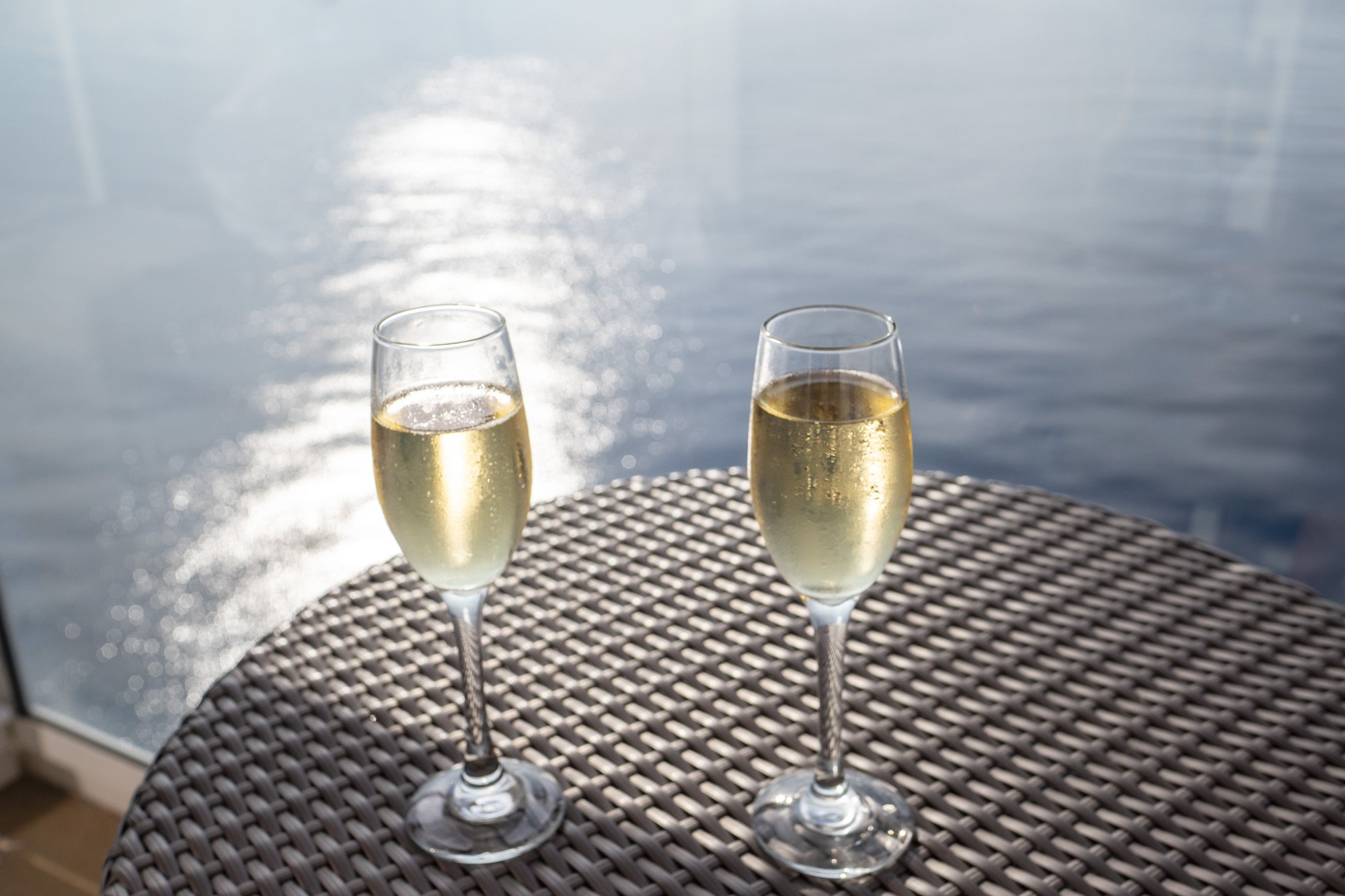
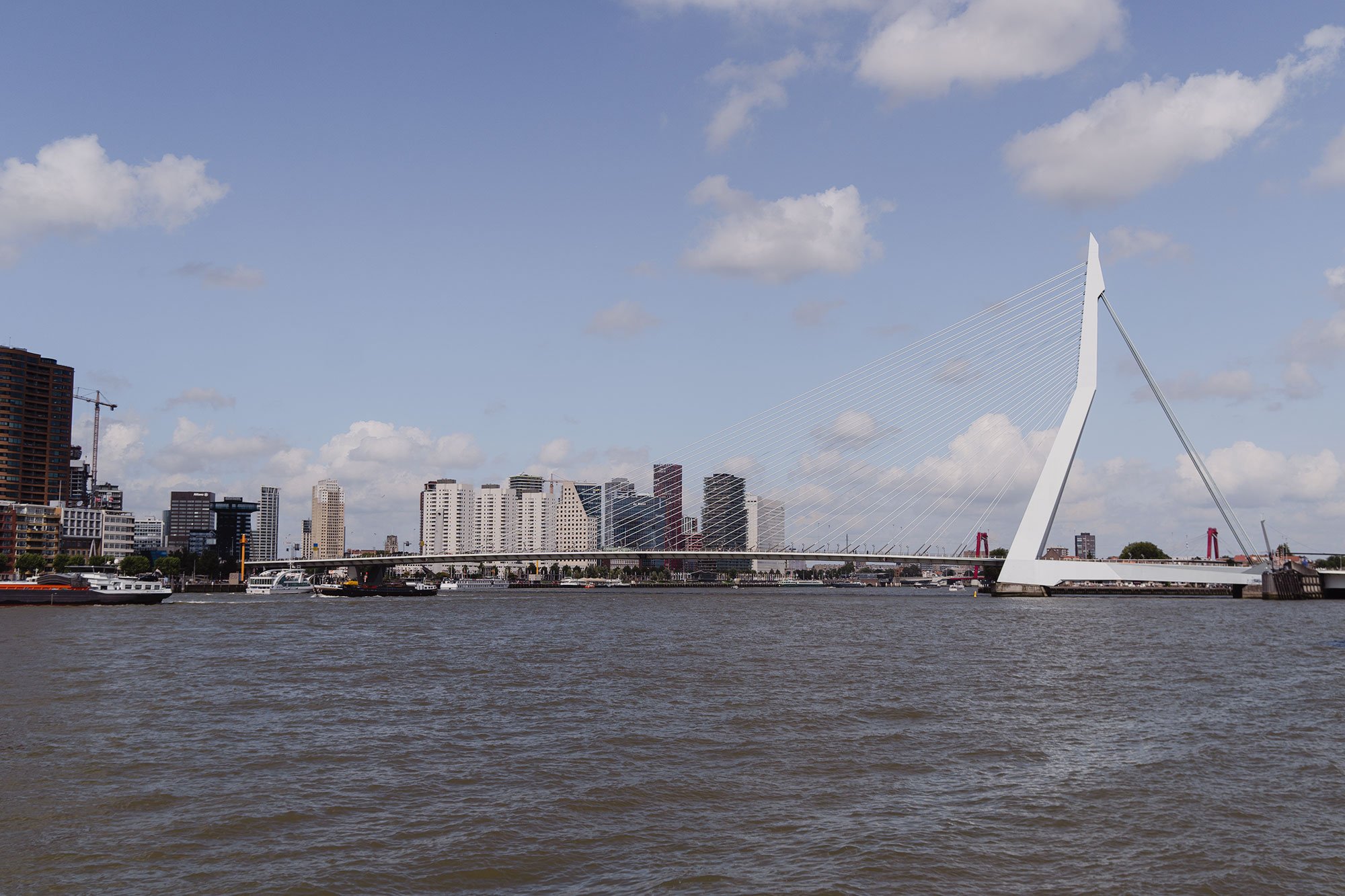
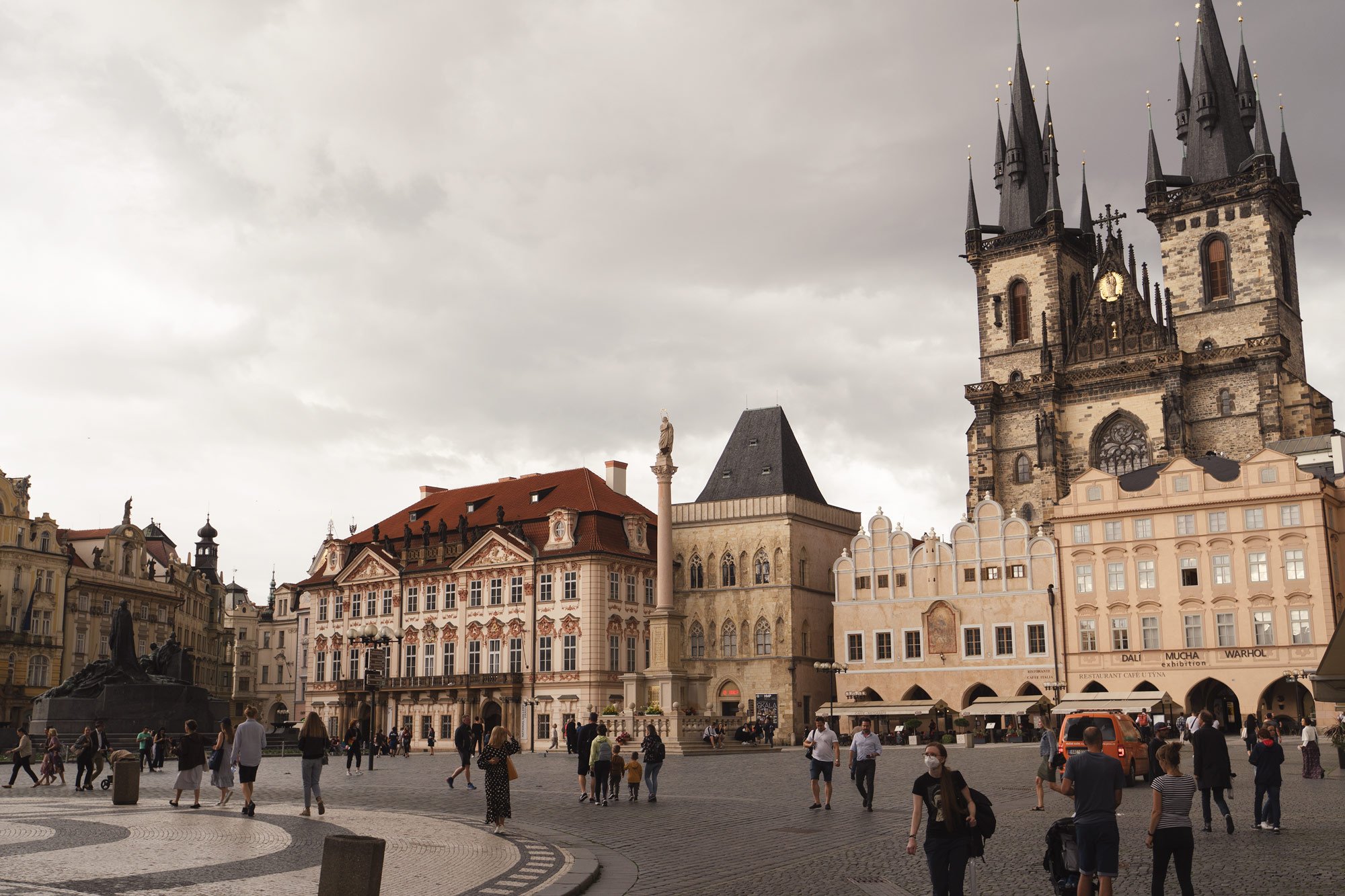
POST COMMENT